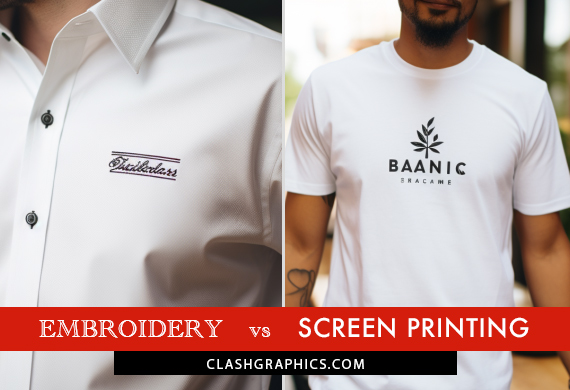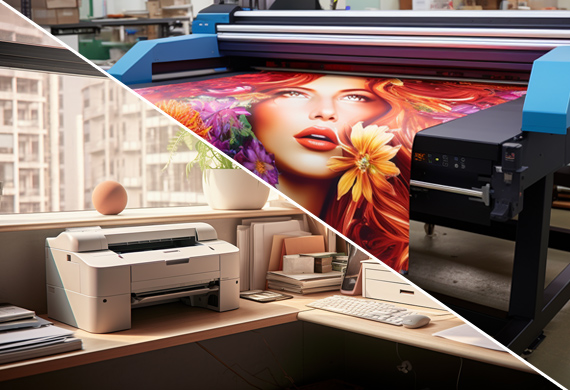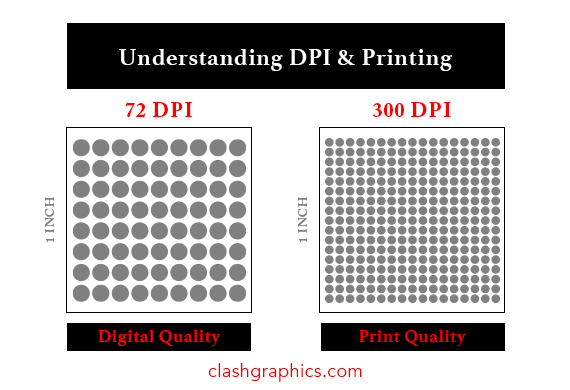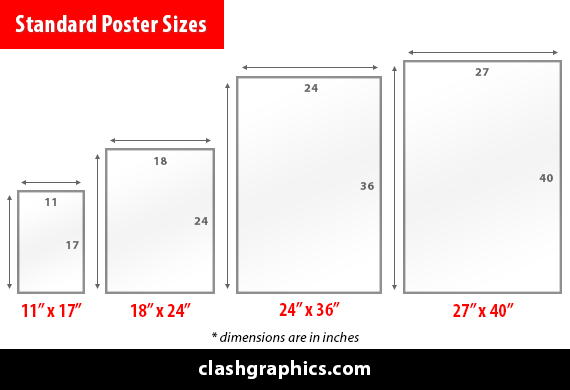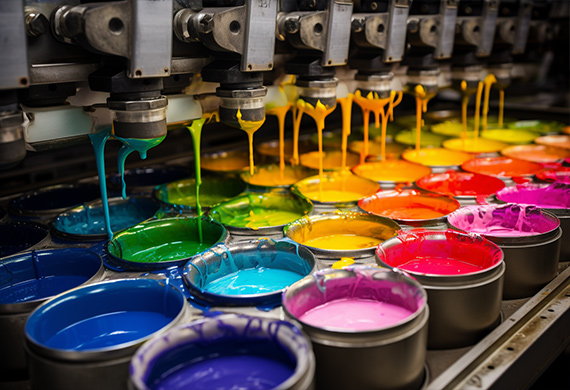Eco Solvent Printing
Posted by Clash Printing Atlanta on 20th Mar 2024
Are you wondering what eco-solvent printing is and why it's beneficial for your projects? Solvent printing is a powerful digital printing method that uses solvent-based inks to deliver vibrant, long-lasting prints on various materials. Ideal for o…
read more
